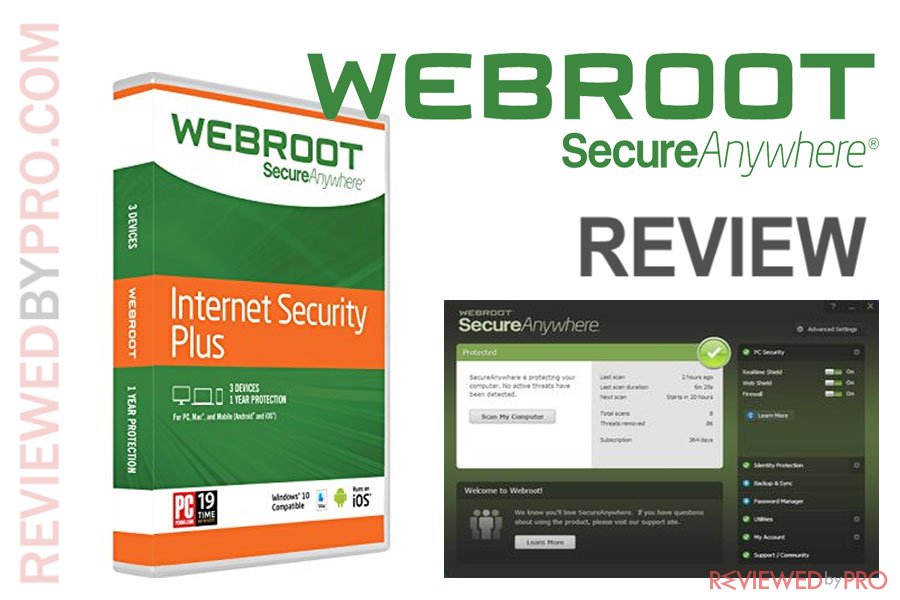- Manual Uninstall Webroot Machine
- Uninstall Webroot Mac Os
- Uninstall Webroot Software
- Uninstall Webroot Completely
- How To Force Uninstall Webroot
Related Articles
- 1 Completely Uninstall AVG Anti Virus
- 2 Reset the HP Recovery CD Builder
- 3 Uninstall McAfee Personal Firewall Plus
- 4 Delete With the Sophos Windows Shortcut Removal Tool
Webroot's SecureAnywhere line of antivirus, firewall and security software protects your business from online threats and data theft. If you have a technical problem with Webroot SecureAnywhere, or if you want to upgrade or try a different protection program, you can uninstall the software through the Windows Control Panel. In some cases, this does not completely remove Webroot from your computer. Webroot offers two cleanup tools that will remove all traces of the software from your system.
1.Passwordspage Sites Providesalistofpassword-managedsites.Youcanedit,open, ordeletepreviouslydefinedsitesandthegroupsyoucreatedfor them.See'Capturinglogincredentials. Facing trouble with Webroot SecureAnywhere Endpoint Protection? First, try to change settings to default and see if it works for you. In most of the cases, the base of errors is caused by the changed settings, which do synchronize with the web browser.
Click the 'Start' button on your desktop and select 'Control Panel.' Click 'Uninstall a Program.'
2.Click the name of your Webroot product and then click 'Uninstall.'
3.Click 'Start,' then right-click 'Computer.' Click 'Properties,' 'System Protection' and 'Create' to set a system restore point.
4.Open your Web browser and download the CleanWDF tool from the Webroot website (link in Resources). Save the tool to your desktop.
5.
Double-click the 'CleanWDF.exe' file on your desktop. Click 'Clean' to remove all Webroot drivers. When cleaning completes, click 'Yes' to restart your computer at the prompt. If you don't receive a prompt to restart, click 'OK.'
6.Download the 'WRUpgradeTool' file from the Webroot website (link in Resources). Save the tool to your desktop.
7.Double-click the 'WRUpgradeTool' file on your desktop. Click 'Next' to uninstall any remaining Webroot files on your computer.
8.
Click 'OK' to restart the computer when the tool finishes the cleanup process.
Tip
- If you have problems running the WRUpgradeTool, start your computer in Windows Safe Mode. To do this, restart the computer and press the 'F8' key before the Windows logo appears. Use the arrow keys to select 'Windows Safe Mode with Networking' and then press 'Enter.'
Resources (1)
About the Author
Manual Uninstall Webroot Machine
Melissa King began writing in 2001. She spent three years writing for her local newspaper, 'The Colt,' writing editorials, news stories, product reviews and entertainment pieces. She is also the owner and operator of Howbert Freelance Writing. King holds an Associate of Arts in communications from Tarrant County College.
Cite this ArticleChoose Citation Style
Uninstall Webroot Mac Os
Any third-party software that doesn't install by drag-and-drop into the Applications folder, and uninstall by drag-and-drop to the Trash, is a system modification.
Uninstall Webroot Software

Whenever you remove system modifications, they must be removed completely, and the only way to do that is to use the uninstallation tool, if any, provided by the developers, or to follow their instructions. If the software has been incompletely removed, you may have to re-download or even reinstall it in order to finish the job.
Here are some general guidelines. Suppose you want to remove something called “BrickYourMac.” First, consult the product's Help menu, if there is one, for instructions. Finding none there, look on the developer's website, say www.brickyourmac.com. (That may not be the actual name of the site; if necessary, search the Web for the product name.) If you don’t find anything on the website or in your search, contact the developer. While you're waiting for a response, download BrickYourMac.dmg and open it. There may be an application in there such as “Uninstall BrickYourMac.” If not, open “BrickYourMac.pkg” and look for an Uninstall button.
Uninstall Webroot Completely
You may have to log out or reboot in order to complete an uninstallation.
If you can’t remove software in any other way, you’ll have to erase your boot volume and perform a clean reinstallation of OS X. Never install any third-party software unless you're sure you know how to uninstall it; otherwise you may create problems that are very hard to solve.
How To Force Uninstall Webroot
Trying to remove complex system modifications by hunting for files by name often will not work and may make the problem worse. The same goes for 'utilities' that purport to remove software.